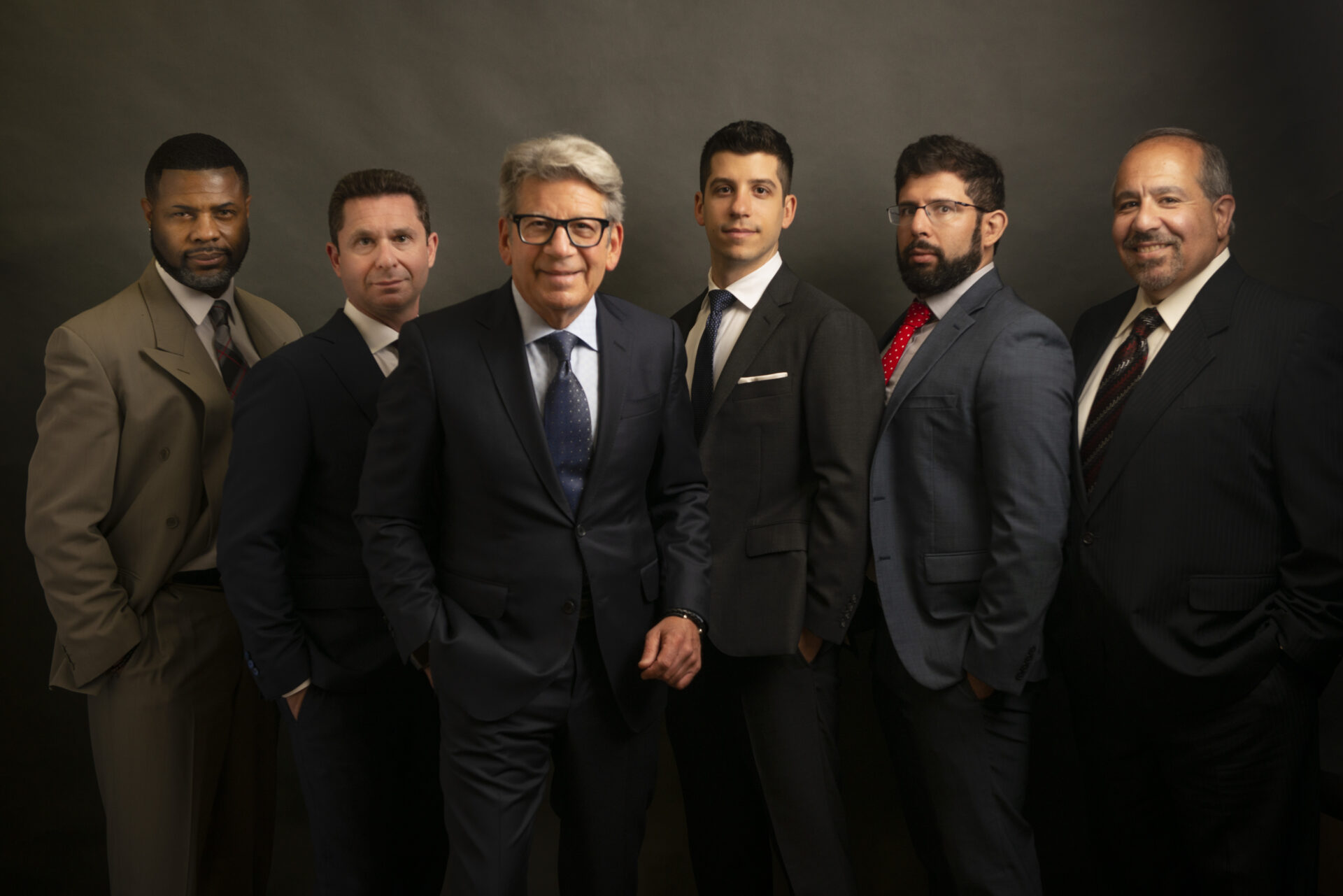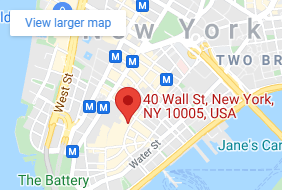
New York City is a bustling metropolis where city streets are tight and moving through traffic can be exhausting. While commercial trucks are vital to providing New York City residents with the goods they need and the services they crave, these 21st-century behemoths are often too large for the city’s older infrastructure to handle. In order to relieve congestion, limit wear and tear on roadways, and keep pedestrians safe, the city doesn’t allow commercial trucks to drive on certain roadways.
There are more than 1,000 miles of roadway crisscrossing New York City. New York has one of the most complex trucking route systems in the United States. Rules are in place to help regulate traffic flow and protect crucial infrastructure from the potentially detrimental impact of large and heavy commercial trucks. So, where can and can’t trucks drive in New York City?
Are There Routes Trucks Cannot Travel in New York City?
Yes. There are roadways where trucks are strictly prohibited. Trucks and commercial vehicles cannot travel on most New York City parkways to protect vital streets and bridges. The Parkway System includes a portion of the limited-arterial highway network. Roads in the Parkway System where commercial trucks are not permitted include:
- Belt Parkway
- Bronx River Parkway
- Cross Island Parkway
- F.D.R. Drive
- Henry Hudson Parkway
- Hutchinson River Parkway
- Jackie Robinson Parkway
- Korean War Veterans Parkway
- Mosholu Parkway
- Pelham Parkway
- Ocean Parkway
Portions of Grand Central Parkway also prohibit commercial truck traffic. Large commercial vehicles and trucks are typically prohibited from these areas due to low clearance overpasses and narrow lanes. Heavy trucks can also cause significant wear and tear to roads and bridges.
Other areas that restrict commercial vehicle traffic include parts of Fifth Avenue, Park Avenue, and the Brooklyn Bridge. Truck drivers must always review their routes in advance, be mindful of New York City traffic and road regulations, read posted signs, and exit immediately if they approach a prohibited roadway.
Weight and Size Limits
New York City also strictly regulates the weight and size of commercial vehicles. While commercial drivers can travel on Local and Through truck routes, they must adhere to specific size dimensions. The size and dimensions of the truck depend on the route. For example, tractor-trailer trucks cannot exceed 13 feet 6 inches in width and 55 feet long when traveling on interstates and truck routes. Box trucks cannot exceed 35 feet.
Trucks with 53-foot trailers can only navigate sections of Interstates I-95, I-695, I-295, and I-495 that cross the city between the Bronx-Westchester County line and the Queens-Nassau County line. 53-foot trailers with non-divisible loads must apply for a New York City Permit before traversing local roadways.
The maximum allowed gross vehicle weight of commercial vehicles in New York City is 80,000 pounds.
What Are Cross Over Mirrors?
Trucks are particularly susceptible to no-zone accidents. These are accidents caused by blind spots where drivers cannot see their surroundings. Trucks have several no-zones or blind spots, including the following:
- Front No-Zone – The front no-zone is the blind spot directly in front of the vehicle. Most truck drivers cannot see anything 20 to 25 feet directly in front of them.
- Rear No-Zone – The size and shape of most commercial trucks mean rear-view mirrors don’t work. Without a rear-view mirror, truck drivers have a blind spot directly behind them, extending approximately 200 feet.
- Side No-Zones – There are also two side no-zones. The left side no-zone covers approximately one lane, while the right no-zone covers about two lanes.
Cross over mirrors are required on all trucks that qualify as commercial vehicles, are registered in New York State, and operate in New York City. Cross over mirrors are installed on the front of the cab and help eliminate the front no-zone of the truck. These mirrors are standard on school buses and can help drivers see people at least three feet tall and passing at least one foot in front of the vehicle.
Why Do New York City Truck Regulations Matter?
Not a truck driver? Then why should you be aware of New York City’s strict trucking rules and regulations? It’s because an accident caused by a careless truck driver in violation of these regulations can impact an accident claim.
Truck accidents are traumatic events that can cause significant injuries and massive property damage. Careless and irresponsible truck drivers and trucking companies who violate New York City’s commercial vehicle regulations can potentially be held responsible for the injuries they cause.
Unfortunately, holding careless drivers, the companies they work for, and insurers accountable for a New York City truck accident can be a significant undertaking. Trucking companies do everything in their power to protect themselves from liability and avoid having to hand out large payouts to accident victims. Proving liability takes evidence and the tenacious efforts of a skilled New York City truck accident attorney.
Understanding New York City’s complex trucking regulations means you understand the scale and impact of your situation and can involve an attorney early on in the process. A knowledgeable attorney can review your situation and take the reins, working to hold the liable parties accountable for their actions.
Consult a New York City Truck Accident Lawyer Now
Have you been hurt in an accident with a careless truck driver? Do you suspect they might have violated New York rules and regulations? It’s time to discuss your situation with an experienced New York City truck accident attorney. The aggressive attorneys with Finz & Finz, P.C. can review your case and outline your legal options for recovering meaningful compensation for your significant financial losses.
Arrange a free consultation with a NYC truck accident lawyer. Contact our office today to learn more about how we may be able to help you seek the justice and compensation you deserve.





























